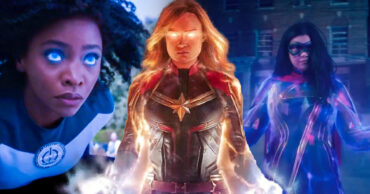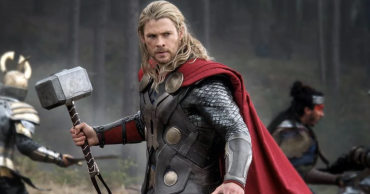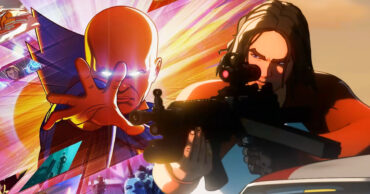As with all Marvel Cinematic Universe superheroes, Captain Marvel is based on the character from Marvel Comics. When adapting these superhero characters to live-action movies, certain additions and subtractions are made to help make the screenplay more relatable. However, comic readers are often quick to spot these differences.
Captain Marvel is considered one of the greatest Avengers of all time. The superhero was named the “Protector of the Universe” by the cosmic being Eon. Although actress Brie Larson delivered an amazing performance portraying Carol Danvers and Captain Marvel in the first solo superhero live-action movie, Captain Marvel (2019), and other MCU films, here are the top 8 Facts about Captain Marvel in the comics.
1. The First Captain Marvel Was A Man
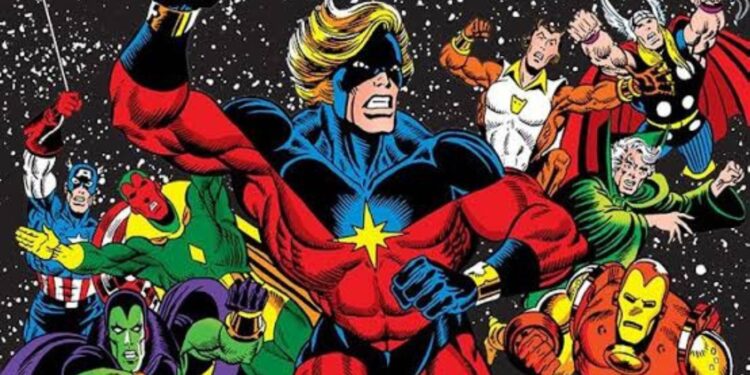
When writer-editor Stan Lee and artist Gene Colan created the superhero famously known as Captain Marvel, the character was male. Understandably, comic superheroes at the time Captain Marvel was created were male-dominated. It took a decade to create the first Ms. Marvel, who later took the title of Captain Marvel.
2. Captain Marvel Wasn’t Originally A Marvel Comic Superhero
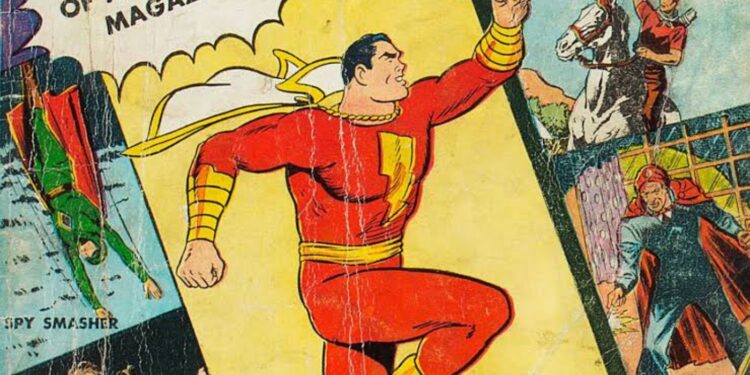
The superhero name, Captain Marvel, was first used and trademarked by Fawcett Comics in the 40s and early 50s, from 1940 to 1953. Fawcett Comics was a division under the parent company Fawcett Publications, with its comics division becoming defunct in 1953. Fawcett Comics was active during the Golden Age of Comic Books and had Captain Marvel as its most popular and best-selling superhero.
However, in one of the longest-running legal battles in comic publication history, National Comics Publication (later known as DC Comics) sued Fawcett Comics for copyright infringement. The suit claimed that Fawcett Comics had plagiarized National Comics’ Superman superhero. The suit forced Fawcett Comics to stop the publication of Captain Marvel in 1953 and they did not renew the trademark for the name Captain Marvel. With the name now available, M. F. Enterprises soon began producing a comic series with the name and superhero character Captain Marvel. Marvel Comics quickly stepped in and convinced M. F. Enterprises to cease further use and publication with the name. Marvel Comics paid a $4,500 settlement to M. F. Enterprises and quickly trademarked the Captain Marvel name.
3. Captain Marvel’s First Comic Debut
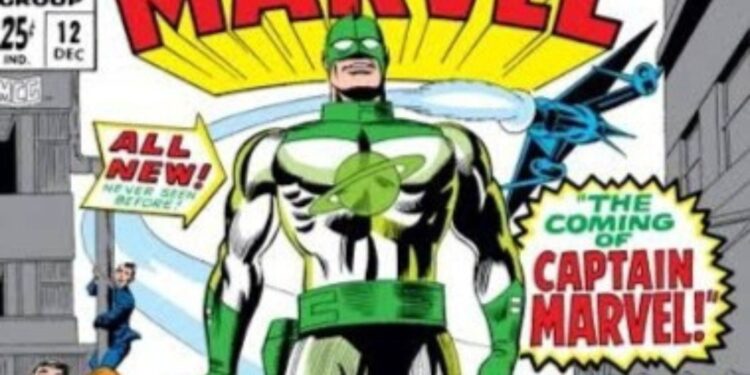
Captain Marvel’s first appearance in a Marvel comic was in Marvel Super-Heroes #12. It was released in December 1967 and had the superhero as its lead feature. As with most Marvel comics, the publication was written by Stan Lee and Illustrated by Gene Colan. The main superhero characters in the issue were Captain Marvel, Spider-Man, Medusa Phantom Eagle, Black Knight, Guardians of the Galaxy, Ka-Zar, Doctor Doom, and The Watcher. By the next year, Captain Marvel’s first solo series, Captain Marvel #1, was published in May 1968.
4. Origin and Background of Captain Marvel
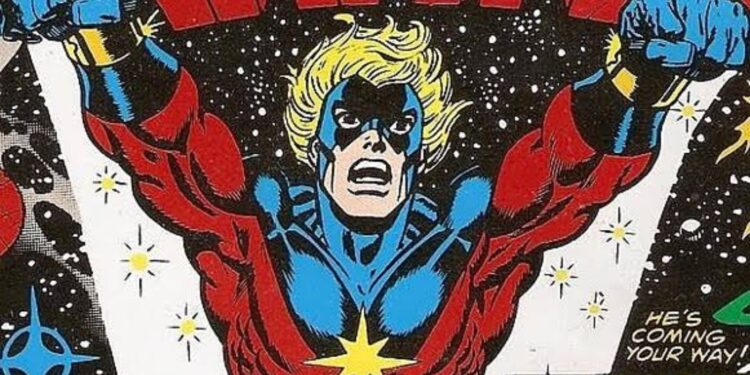
Captain Marvel’s origin story begins with the Kree race’s first encounter with humans. To ensure the safety of their home planet Hala, and the Kree empire, Captain Mar-Vell is sent to Earth to spy on humans and assess if they pose any threat. To blend in unnoticed among the human population, Mar-Vell takes on the identity of Dr. Walter Lawson, a scientist who recently died. Mar-Vell soon falls in love with humans and chooses to protect them instead.
Although he stays hidden as Dr. Lawson, he changes into a Kree warrior, wearing his Kree uniform whenever humans are threatened. The first time he protects humans wearing his Kree suit and in all superhero form, he introduces himself to the humans as Captain Mar-Vell. However, humans misheard the pronunciation of his name and began calling him Captain Marvel – a name that stuck forever. Mar-Vell’s love for humans is considered treasonous against the Kree Empire.
5. Captain Marvel Debuted With A Different Costume Color
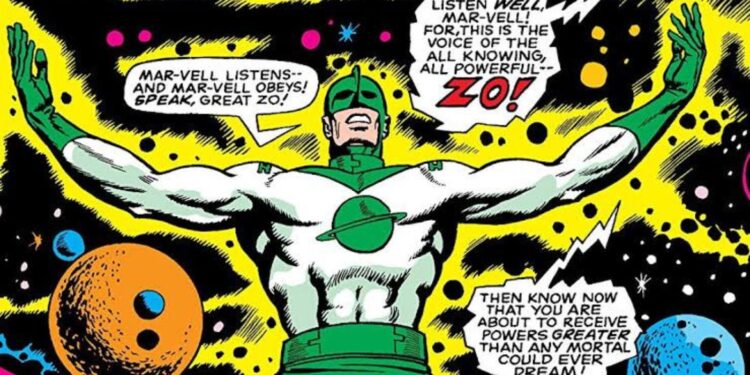
Only true comic readers and collectors of classic Marvel comics would know Captain Marvel didn’t start with the red and blue costume for which she’s most famously known today. As the lead feature superhero in Marvel Super-Heroes #12, Captain Marvel is clearly seen donning a white and green costume. This costume color was used even after the solo series Captain Marvel was published, until it was changed in Captain Marvel #17 in 1969.
6. Captain Marvel’s Superhero Abilities
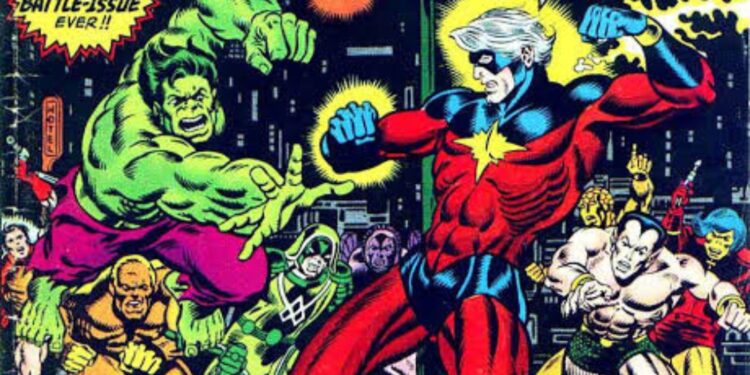
Unlike some other superheroes, Mar-Vell did not have all his superhero abilities when he was created. As a Kree, Mar-Vell’s physiology naturally made him stronger than an average human. As a well-ranking Kree soldier, Mar-Vell was skilled in tactics and combat. Certain events in his life helped increase his superhero abilities.
When Mar-Vell came in contact with Kree Imperial Minister Zarek, and Ronan the Accuser, they enhanced Mar-Vell’s powers to enable him to join them to overthrow the Supreme Intelligence. Mar-Vell had Superhuman strength, speed, agility, durability, reflexes, endurance, and teleport. Mar-Vell gained cosmic awareness after his encounter with Eon. Mar-Vell’s other abilities include regenerative healing factor, using the nega-bands, flight, solar energy absorption, manipulation, and projection.
7. Captain Marvel Had A Famous Sidekick
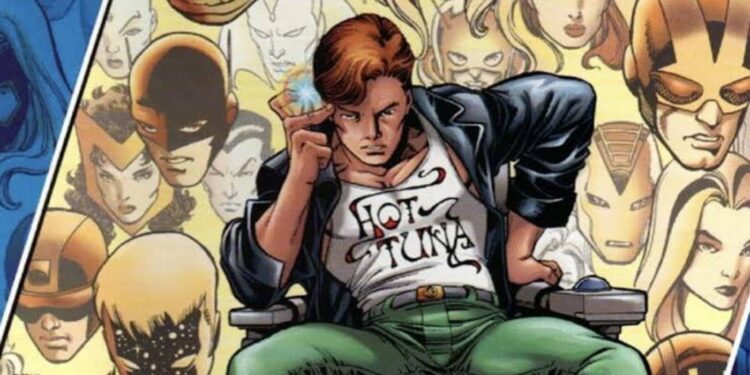
The idea of giving Captain Marvel a sidekick partly came from Fawcett Comics’ Captain Marvel having an alter-ego that couldn’t exist with the superhero. For Marvel’s Captain Marvel, his sidekick was Rick Jones. Jones is a familiar character in Marvel comics, and for the initiated, Rick Jones has played sidekick to other superheroes before and after Mar-Vell. Jones was a sidekick to Hulk, Captain America, and Rom, as well as Mar-Vell’s son, Genis-Vell.
Mar-Vell’s first contact with Rick Jones was when the Supreme Intelligence enabled him to telepathically contact Jones to take the nega-bands from an abandoned Kree base. Mar-Vell and Jones could not initially exist together like Fawcett Comics’ Captain Marvel. When Jones got the bands and wore them, striking them together made him trade places with Mar-Vell. While Mar-Vell is active, Rick Jones is safely protected in the Negative Zone. Mar-Vell and Jones can stay connected telepathically. However, Mar-Vell can only remain in the Positive Zone for three hours when the Nega-bands are used.
8. Captain Marvel Died In The Comics
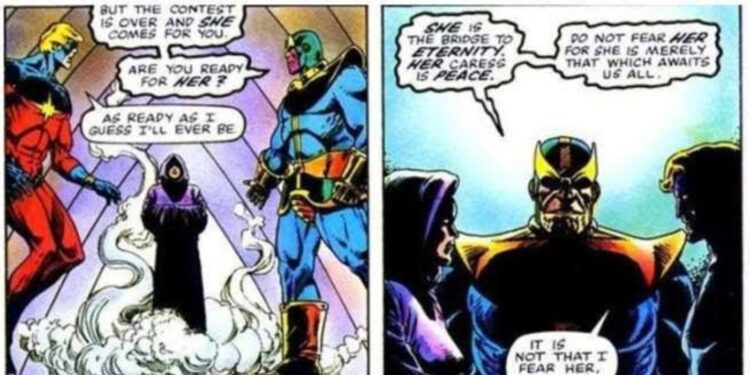
Comics writer and artist Jim Starlin wrote and designed the publication for the death of Captain Marvel. Mar-Vell’s death is detailed in Marvel Graphic Novel #1, The Death of Captain Marvel (1982). To understand the cause of Mar-Vell’s death, readers have to go back to comics published in the 70s.
After teaming up with Spider-Man to battle the Basilisk (a supervillain that appears in December 1973 Marvel Team-Up #16), Mar-Vell encounters Nitro. In one of their battles, Captain Marvel, while trying to defuse a bomb set by Nitro, gets exposed to a carcinogenic nerve gas, Compound 13. Although he collapses from the effect, Mar-Vell is resuscitated with an antidote. Using his cosmic awareness abilities, Mar-Vell later discovers the gas caused him to develop cancer.
Banished from the Kree empire, Mar-Vell has no access to the technology that could save him. Accepting his fate, he waits for death. Captain Marvel is surrounded by friends and allies who come to pay their last respect. Even Mar-Vell’s strongest enemies, the Skrulls, send emissaries to honor him with a medal. Mar-Vell also has a vision where he sees Thanos waiting to guide him into the afterlife in respect. Captain Marvel takes his final breath when he walks into the blinding light with Mistress Death and Thanos guiding him.
 Follow Us
Follow Us

